
1
مالحظبت مهمة
:
1
-
األجببة على الدفتر األمتحبوي
.
2
-
تكىن األجببة على جميع األسئلة
.
3
-
تتكىن ملزمة األسئلة مه
9
صفحبت بضمىهب الصفحة األولى
.
Q1/ Describe the features of post mature baby.
Q2/
Compare between human milk and whole fresh cow milk regarding: fat,
protein, vitamin A and vitamin c.
Q3/
Enumerate five causes of chronic diarrhea, and discuss one of them.
Q4/
A six years old child was seen because of high fever and malaise.
Examination revealed an intensely red tonsils, covered with a yellow, blood-
tinged exudates, with petechiae on the soft palate. Temp 39.8 C.
1-What is the most likely diagnosis?
2-What are the complications?
Q5/
Enumerate types and problems of small for date baby .
Q6/
What are the differences between IPV(Salk) & OPV(Sabin) vaccines?
Q7/
Comment briefly on the management of a patient with dilated
cardiomyopathy.
Midyear Examination
Time: 2 hours
Date: 19/1/2013
Code: MCPe12M5079
University of Mosul
College of Medicine
Department of Pediatrics
( 5th ) Class
Subject:
Pediatrics
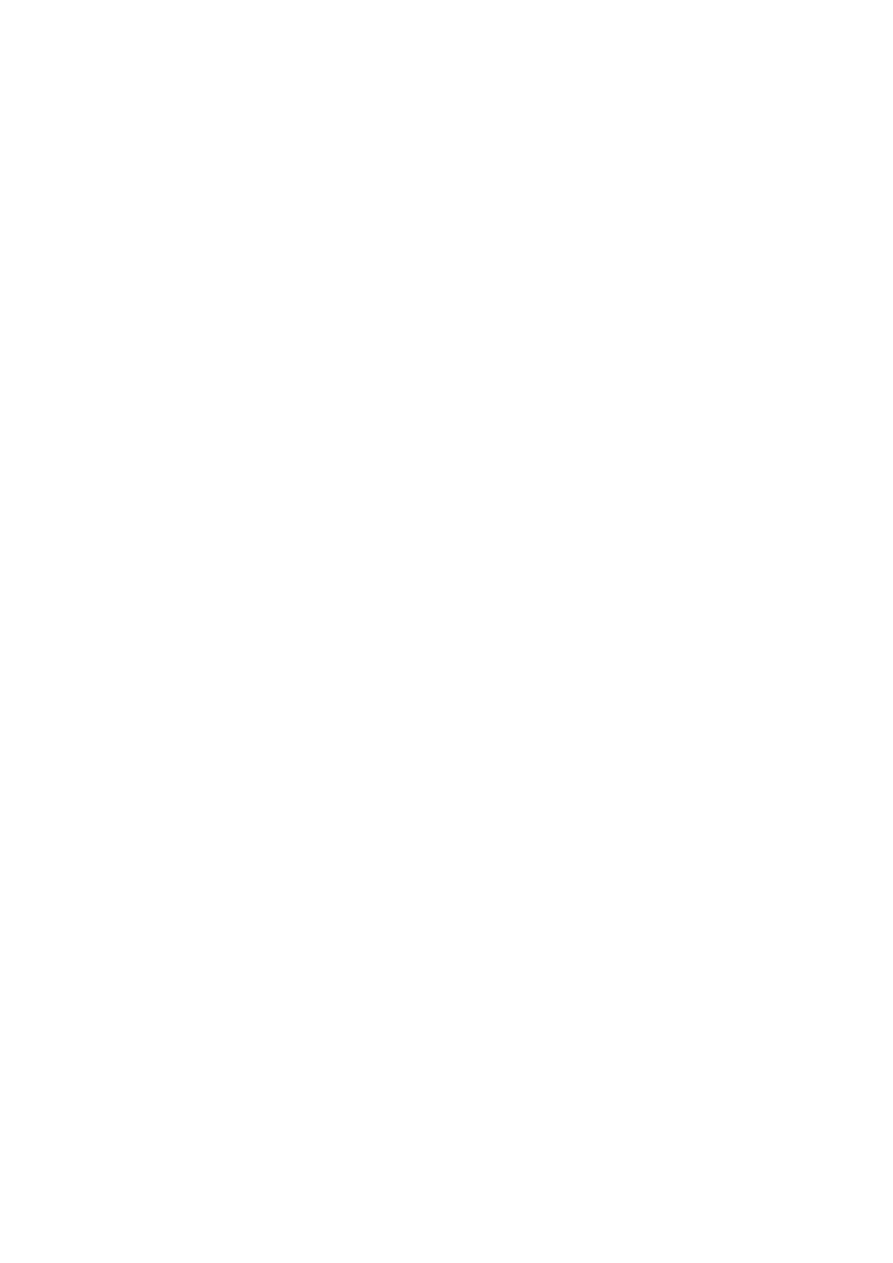
2
Q1/ ONE of the followings is TRUE regarding caput succedaneum:
a. It is subperiosteal blood collection.
b. It can result in exaggerated neonatal jaundice.
c. It does not cross the suture lines.
d. It may be associated with skull fracture.
e. It resolves spontaneously within the 1st week of life.
Q2/ The followings are features of birth asphyxia EXCEPT:
a. There is hyponatremia.
b. There is metabolic alkalosis.
c. The baby is hyper alert in stage 1.
d. Gastrointestinal perforation is one complication of asphyxia.
e. Pupils are dilated in stage 1.
Q3/ In erythema toxicum all of the followings are wrong EXCEPT:
a. they are serious skin lesions in the newborn baby.
b. they are 1 to 2 cm papule or pustule
c. peak age incidence is in the 2nd week of life.
d. aspirate from the lesion show eosinophils.
e. topical antibiotics is the treatment of choice.
Q4/ ONE is correct regarding Mongolian blue spot of the newborn baby:
a. they are blue well demarcated areas on the skin of the newborn baby.
b. they are seen mostly over the shoulders, neck and upper limbs.
c. they disappear within 2 weeks of life.
d. may need surgical intervention.
e. they are closely linked to Down’s syndrome.
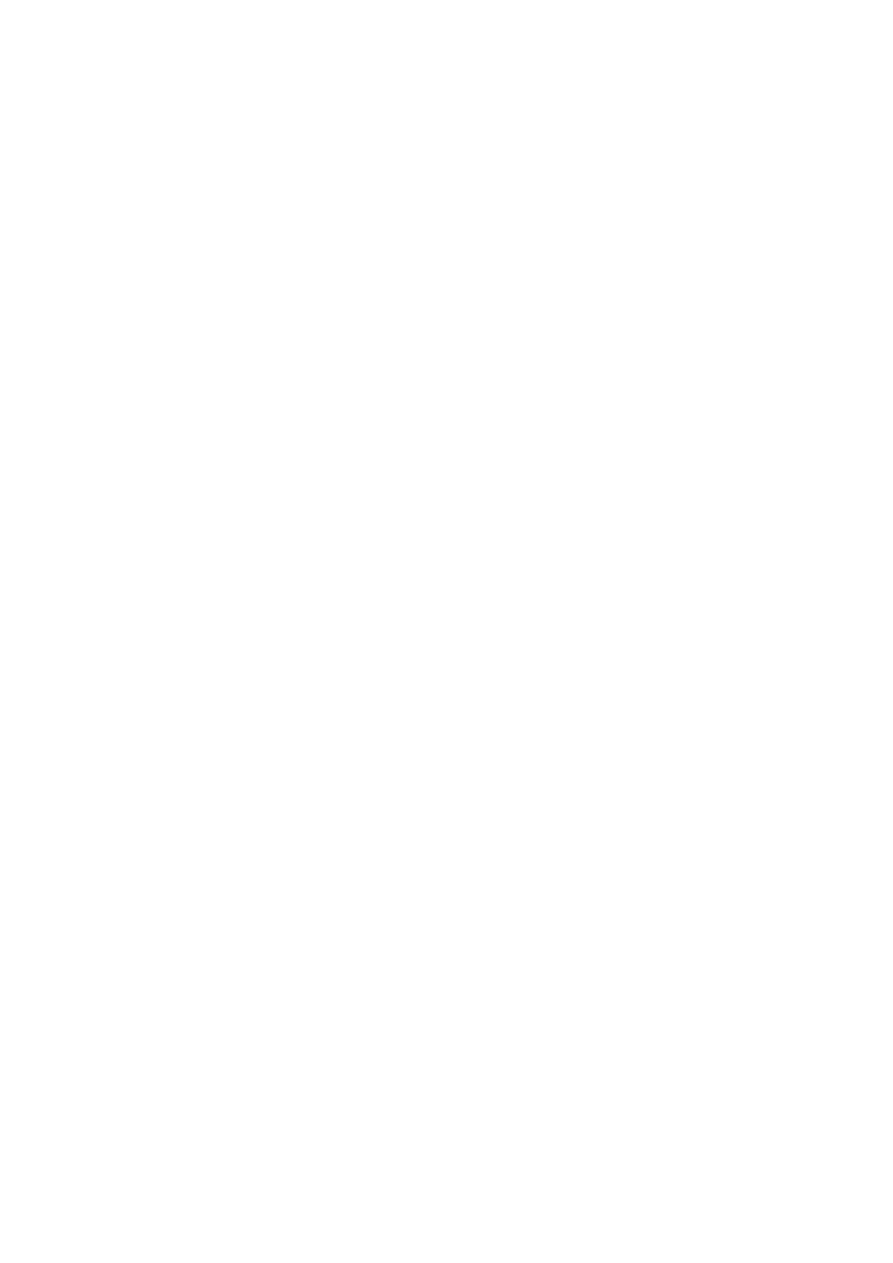
3
Q5/ All are true regarding colostrum except:
a- it is deep lemon yellow in color.
b- it is acidic in reaction.
c-the total amount is 10-40 cc per day
d-has several times the protein of mature breast milk
e-has unique immunological factors
Q6/ The followings drugs could be secreted in milk during lactation and could
be harmful except:
a- anti-thyroid
b- anti-cancer
c- laxatives
d- flagyl
e- amoxicillin
Q7/ The pituitary hormone which is responsible for milk production in human is
a- growth hormone
b- thyroxin
c- oxytocin
d- prolactin
e- androgen
Q8/ The amount of lactose in human milk is
a- 7%
b- 3.5%
c- 4.5%
d- 1%
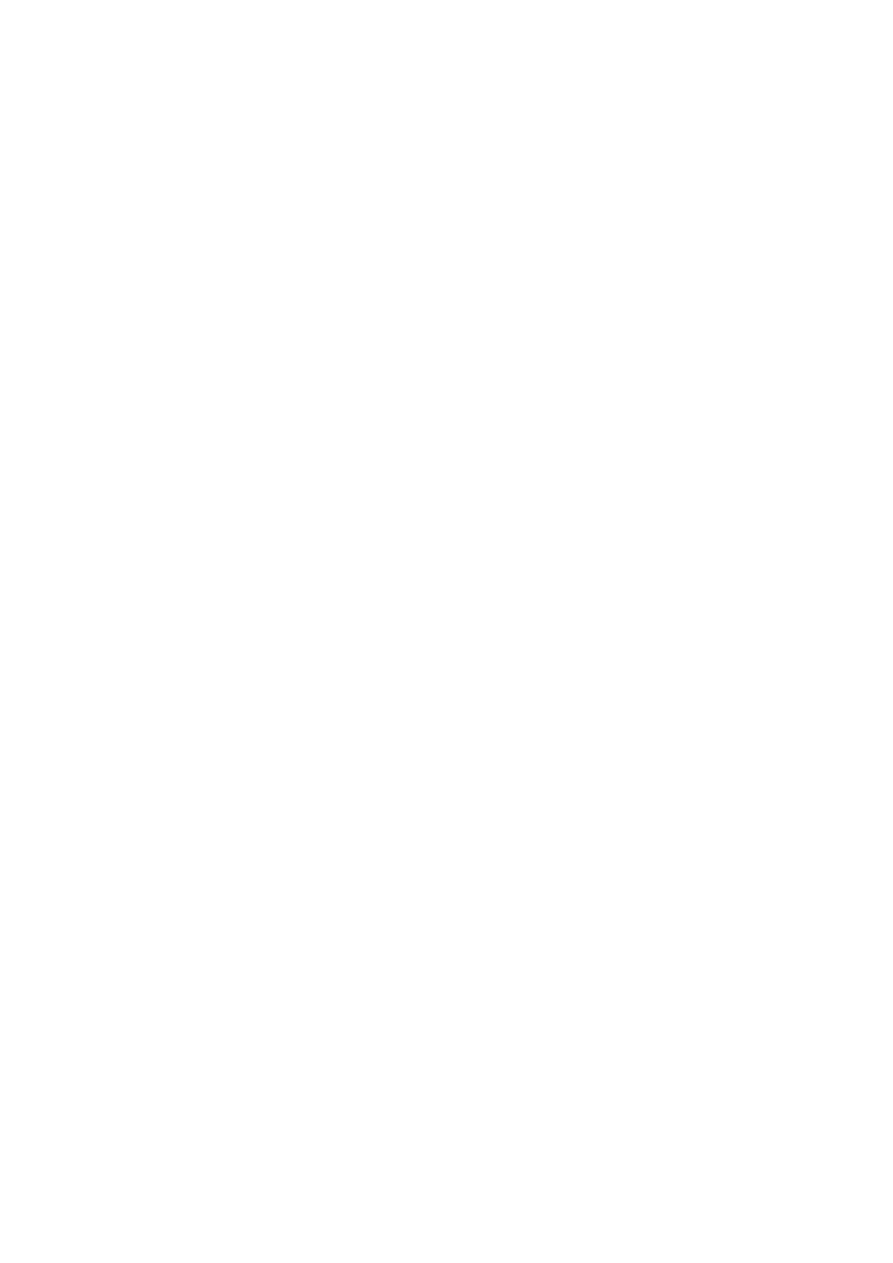
4
e – 15%
Q9/ Regarding Pharyngitis the followings suggest viral aetiology EXCEPT:
a. cough
b. hoarseness
c. conjunctivitis
d. scarlet fever
e. normal WBC count
Q10/ The following are true regarding Acute Bronchiolitis EXCEPT
a. may lead to apnea.
b. corticosteroids are usually not indicated in its treatment.
c. clinically may be difficult to differentiate from acute pulmonary edema.
d. most cases are due to Hemophilus influenza infections.
e. may be caused by mycoplasma.
Q11/ Viral Pneumonia is more likely to be associated with:
a: large pleural effusion.
b: WBC count more than 25000/c.mm.
c: wheeze.
d: high fever at the onset of the disease.
e: lobar consolidation.
Q12/ In Cystic Fibrosis the following are true, EXCEPT:
a. it’s an autosomal dominant disease.
b. can be diagnosed at birth.
c. it’s a cause of prolonged neonatal jaundice.
d. it’s a cause of clubbing of fingers.
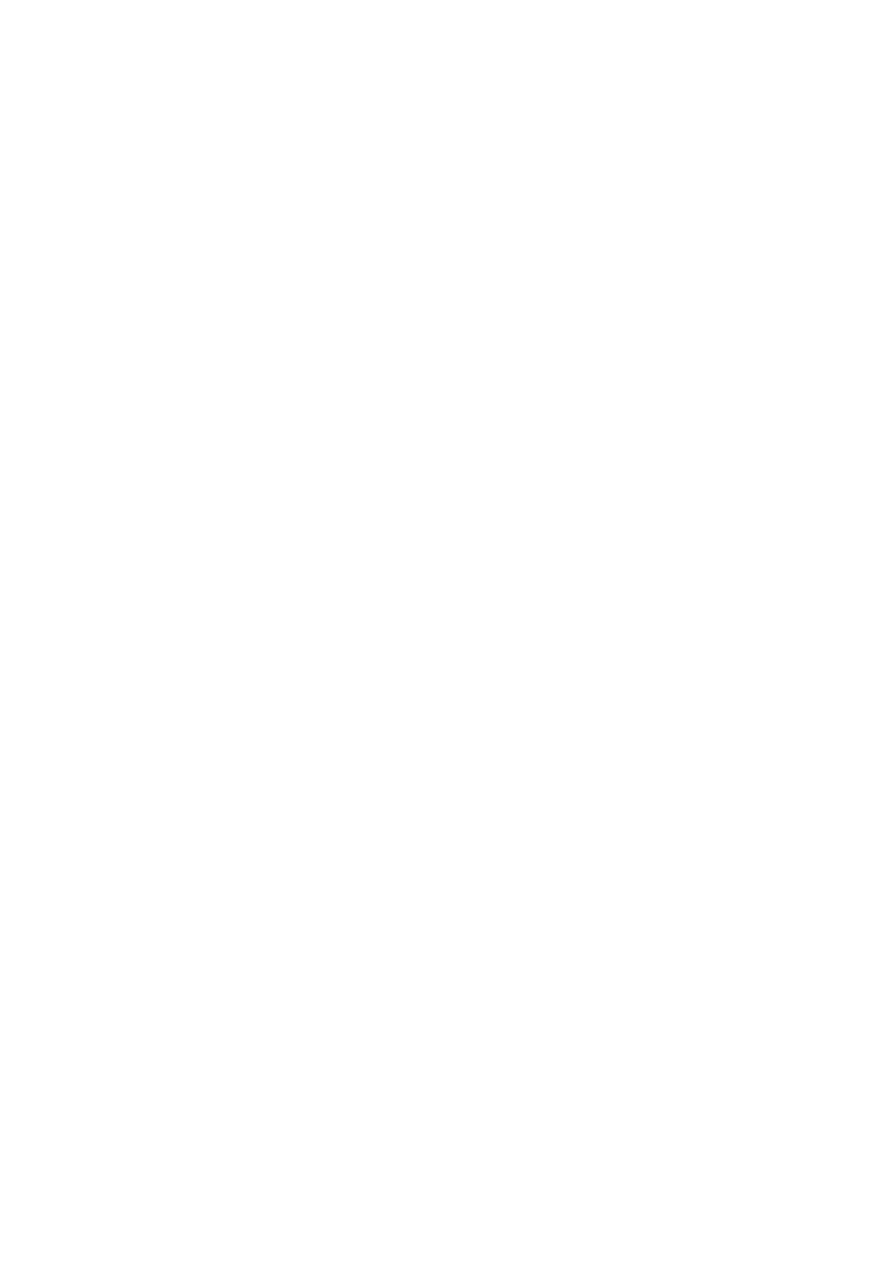
5
e. may lead to infertility.
Q13/ The followings are associated with neonatal hypoglycaemia except:
a. Sepsis .
b. Prematurity .
c. Rhesus incompatibility.
d. Maternal beta blockers.
e. Intravenous hydrocortisone.
Q14/ The followings are useful in assessing the gestational age of an infant
except:
a. Posture.
b. Elbow angle.
c. Square window test.
d. Nipple formation.
e. Planter creases.
Q15/ The followings regarding hyaline membrane disease are true except:
a. It is caused by deficiency of surfactant production by type 2 respiratory cells.
b. The risk is reduced with maternal heroin use
c. It may be exacerbated by hypoxia, acidosis or hypothermia.
d. It occurs in 30% of babies born before 28 weeks of completed gestation.
e. Steroids given antenatally to the mother stimulate surfactant
production.
Q16/ Necrotising enterocolitis is associated with all of the followings except:
a. Polycythemia
b. PDA
c. Birth asphyxia
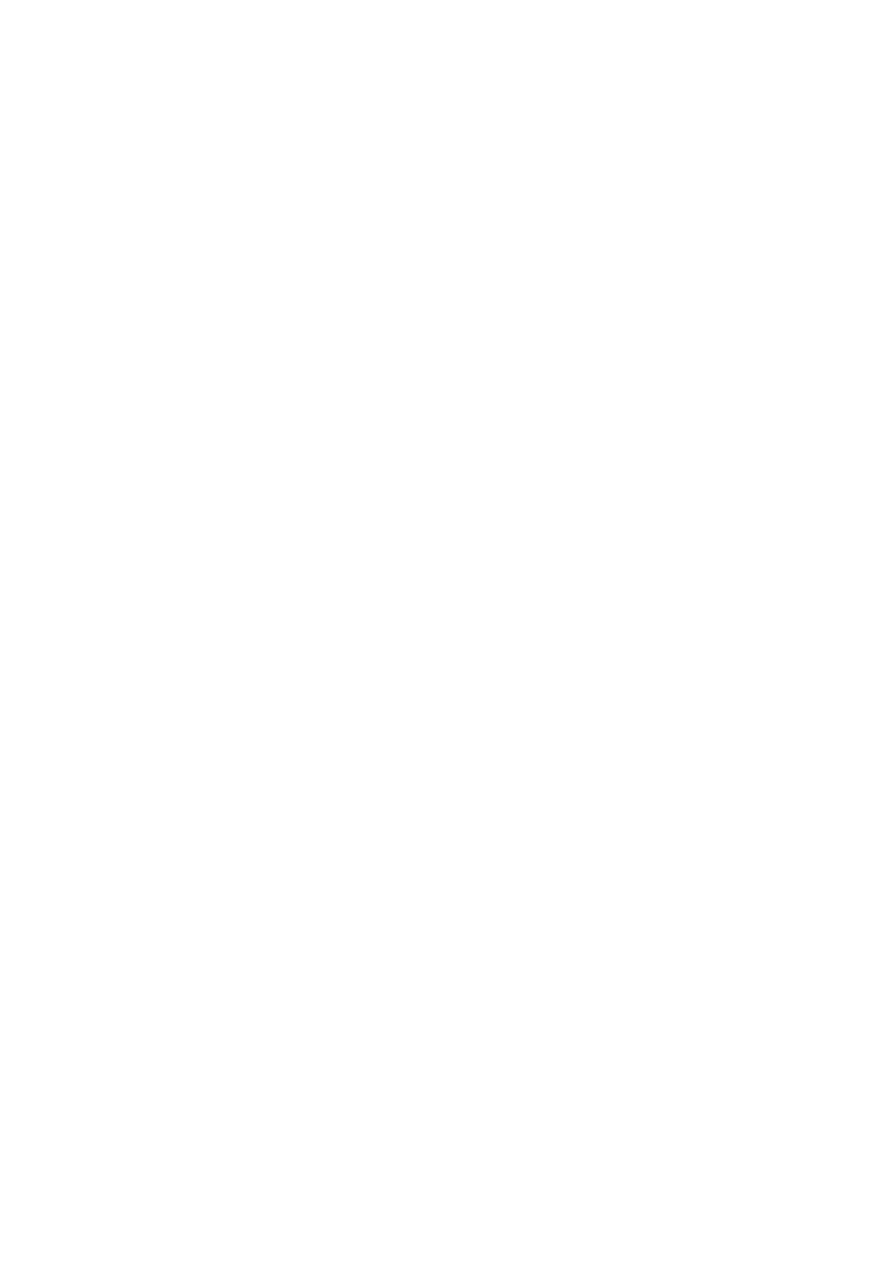
6
d. Prematurity
e. Oxygen therapy
Q17/ The upper / lower body segment ratio at 3-years age is:
a. 1.7
b. 1
c. 1.3
d. 1.5
e. 1.6
Q18/ Waving bye-bye is usually achieved by:
a. 8 mo
b. 9 mo
c. 10 mo
d. 1 year
e. 14 mo
Q19/ Riding a tricycle is usually achieved by:
a. 3 yr
b. 4 yr
c. 5 yr
d. 5 – 5.5 yr
e. 6 yr
Q20/ The first sign of puberty in boys is:
a. deepening of voice.
b. axillary hair development.
c. adrenarche.
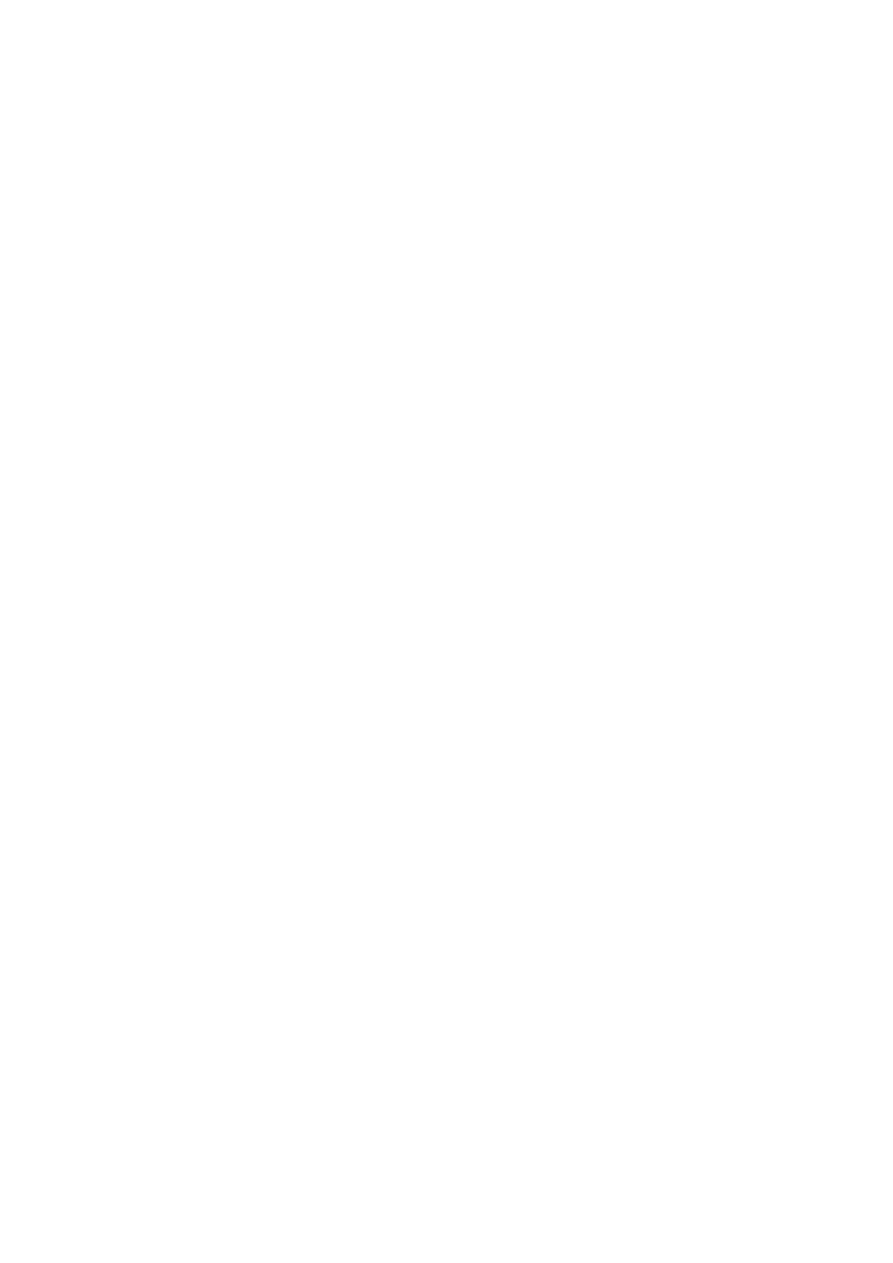
7
d. testicular enlargement.
e. acne.
Q21/The response of BCG vaccine is usually achieved within:
a. 1 – 3 weeks
b. 4 weeks
c. 15 days
d. 1 – 3 months
e. 6 months
Q22/ All of the followings are not contraindications to live vaccines except:
a. jaundice after birth
b. epilepsy
c. asthma
d. immunosuppression
e. cerebral palsy
Q23/ Patient with Tetralogy of Fallouts (TOF) can present with the following
except:
a. Growth failure
b. Blue spells
c. Dyspnoea on exertion
d. Congestive heart failure
e. Cyanosis later in the first year of life
Q24/Regarding signs and symptoms of heart failure all are true except :
a.Shortness of breath
b.Feeding difficulty and poor weight gain
c.Cardio thoracic ratio 50% in CXR.
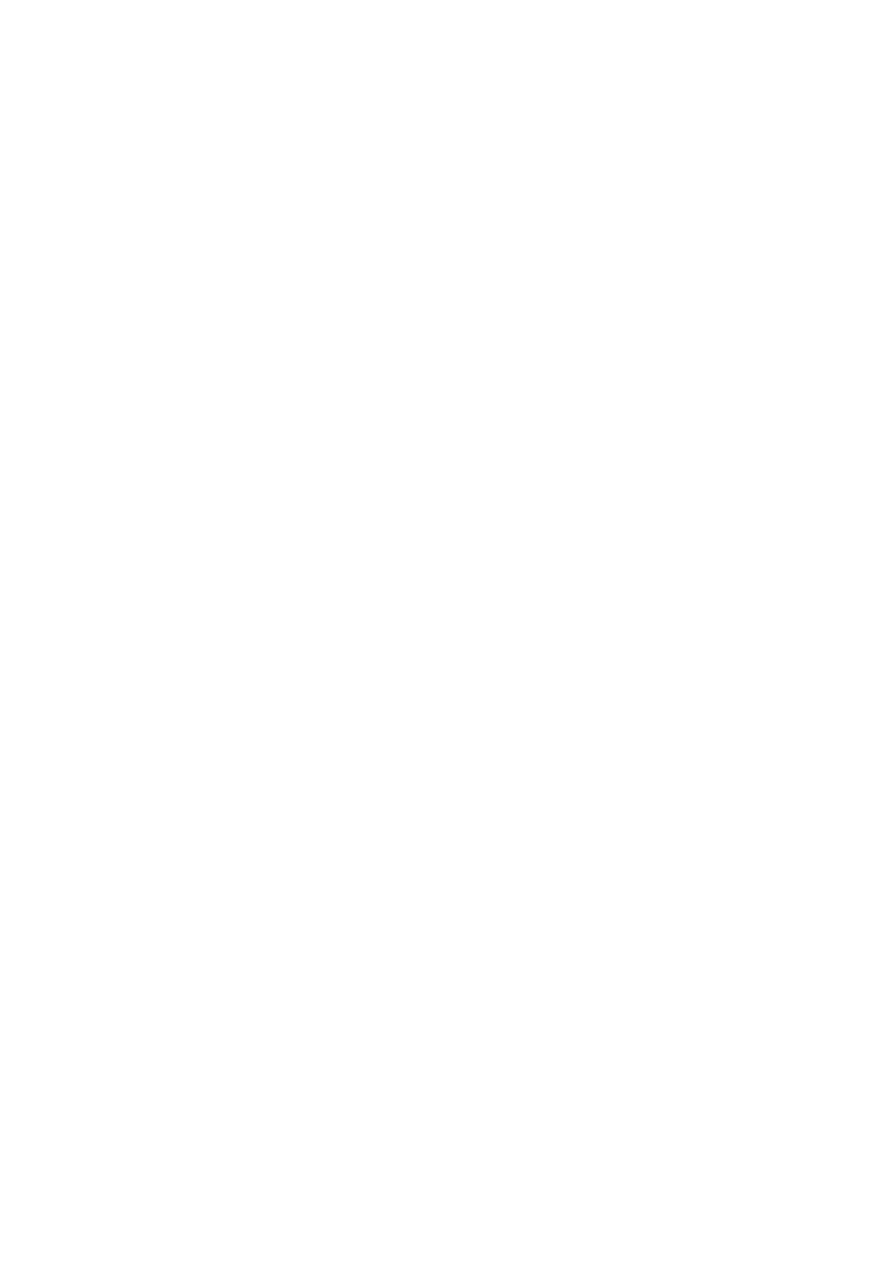
8
d.Tachycardia
e.Tender hepatomegally
Q25/ Acyanotic congenital heart disease associated with increase volume load
include all of the following except:
a. A-V canal defect
b. Coarctation of aorta
c.ASD
d.VSD
e.PDA
Q26/The only residual of rheumatic fever that cause chronic changes is :
a. Chorea
b. Subcutaneous nodules
c. Arthritis
d. Carditis
e. Erythema marginatum
Q27/ The responsible agent of rheumatic fever is:
a. Streptococcus viridians
b. Staphylococcus aureus
c. Group A B haemolytic streptococcus
d. Haemophillus influenza
e. Escherichia coli.
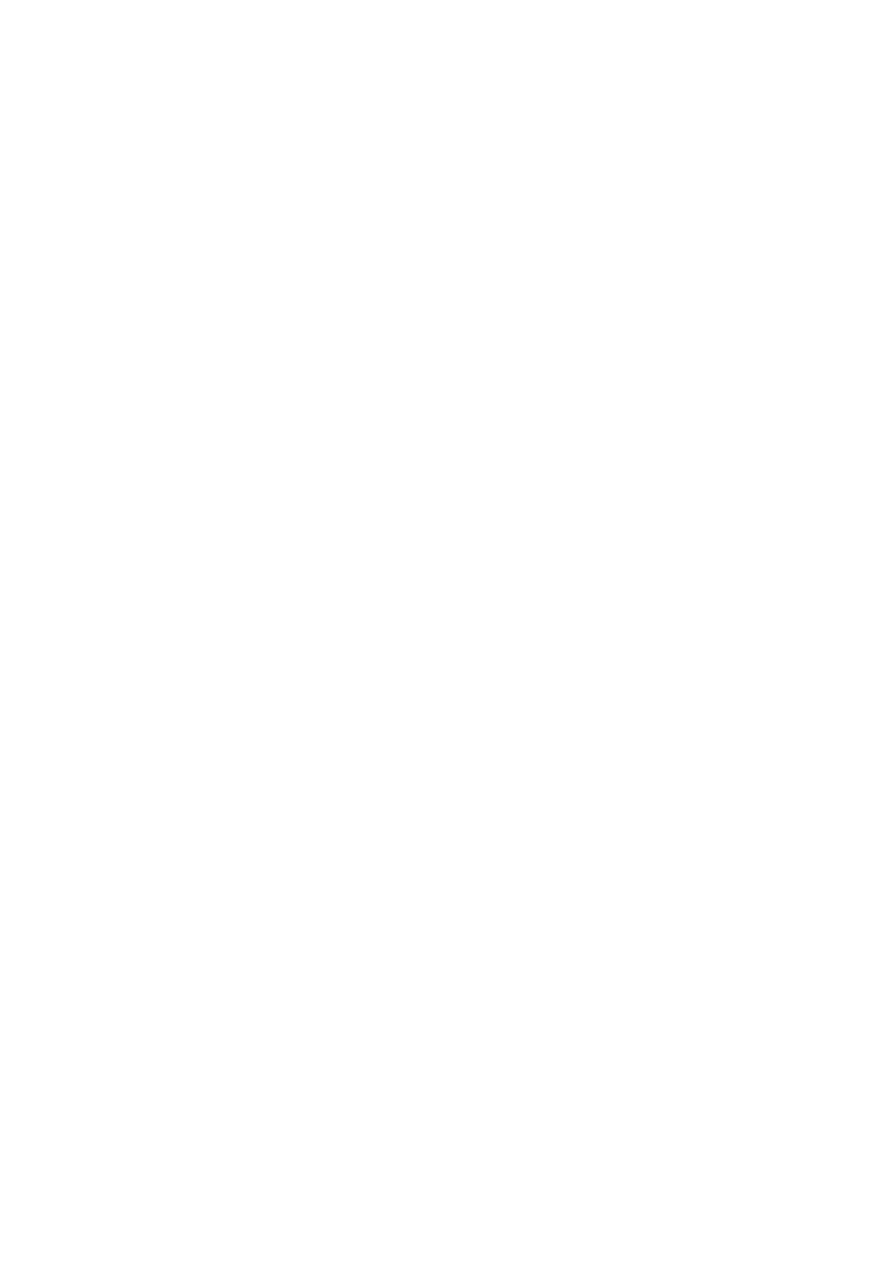
9
Q28/
Amount of maintenance fluid needed for patient with diarrhea weighting
22 kg and having 7% dehydration is:
a. 700 ml.
b. 1200 ml.
c. 1250 ml.
d. 1540 ml.
e. 2200 ml.
Q29/ All of the followings cause bloody diarrhea, except:
a. E. histolytica.
b. Giardia lamblia.
c. Pseudomembraneous entercolitis.
d. Necrotizing entercolitis
e. Campylobacter
Q30/ All of the followings are true, except:
a. Potassium loss in diarrhea more than in gastric fluid.
b. Sodium loss in gastric fluid more than in diarrhea.
c. The higher the serum Na concentration in hypernatremic dehydration, the
longer duration is needed for rehydration.
d. In emergency treatment of hyponatremic dehydration, each 1ml/kg of 3%
NaCl increase serum Na by approximately 1 mEq/l.
e. Potassium should be included in bolus fluid resuscitation of severe
dehydration.
